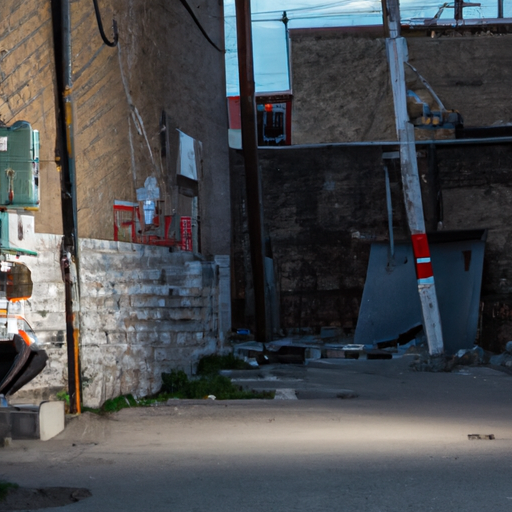Addressing the Canadian Opioid Crisis: A Deep Dive into the Imminent Threat
Hi everyone, today we will unearth one of the most pressing issues Canada faces today, the opioid crisis. This pervasive issue spares no community and leaves catastrophic impacts in its wake. Let’s examine the implications of this problem, efforts made to curb it, and the narratives of resilience amidst adversity.
The Pervasive Effects of the Opioid Crisis
Canada is grappling with a severe opioid crisis and it’s proving devastating to individuals and communities across the nation. Among the homeless population, the opioid crisis has become a seemingly insurmountable obstacle to societal reintegration. Opioids, particularly illicitly obtained ones, have had a significant impact on crime rates, personal health, and mortality in Canada. The crisis disproportionately affects vulnerable communities including indigenous groups, who also struggle immensely lack due to systemic issues including a lack of birth certificates, which leaves members on the brink of statelessness.
Unpacking the Opioid Crisis in Indigenous Communities
A closer look at indigenous communities presents a sobering reflection of the opioid problem. In these communities, the lack of birth certificates has compounded the problem by making access to key resources challenging. Without proper identification, individuals are unable to access crucial support services and treatments for opioid addiction. This issue is leaving many members of these indigenous communities in a vulnerable state, seeking relief from opioid-related symptoms in illicitly-obtained opioids – a destructive cycle that only enhances the magnitude of the crisis.
The Government’s Efforts to Combat the Opioid Crisis
In the wake of this escalating issue, governmental and non-governmental organizations have been exploring various strategies to alleviate the situation. Central to this is the Canadian opioid class action lawsuit which seeks to hold drug manufacturers accountable for their role in this crisis, and secure financial restitution for impacted communities.
There has also been an emphasis on wider availability of naloxone, a medication designed to rapidly reverse opioid overdose. As part of harm reduction strategies, the distribution of naloxone kits to individuals at risk of opioid overdose or those who are likely to witness one, like homelessness support workers, has increased across cities.
Key Points to Take Away
- The opioid crisis is devastating to individuals and communities across Canada.
- Homeless and indigenous populations are disproportionately affected by the opioid crisis.
- Lack of identification, such as birth certificates, can limit access to support structures and escalate the issue within these communities.
- The Canadian opioid class action lawsuit seeks to hold drug manufacturers accountable for the impact of the crisis.
- In response to the crisis, naloxone – a life-saving medication that can reverse the effects of an opioid overdose – is being made more widely available.
To Wrap Up
The magnitude and ramifications of the opioid crisis cannot be understated: it’s a national catastrophe that affects everyone in some capacity, with certain vulnerable groups bearing the brunt. From homelessness to spikes in crime, the crisis has woven itself into the fabric of many Canadian communities.
However, in the face of adversity, there is a concerted effort to mitigate this problem. From the legal framework via the opioid class action lawsuit, to increasing access to life-saving medication like naloxone. But the work is far from over. Finding comprehensive solutions will need continued dedication, collaboration, and resources to support those affected, and to ensure that opioid addiction does not define the future of our nation.


